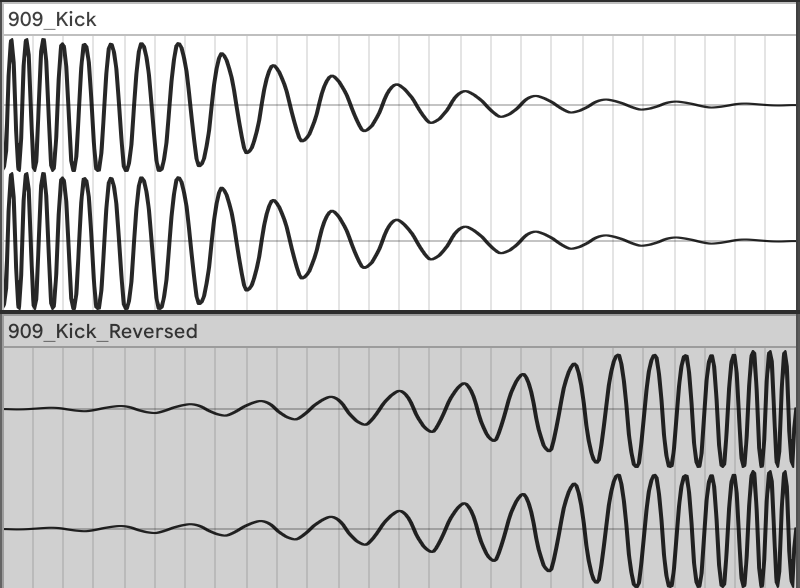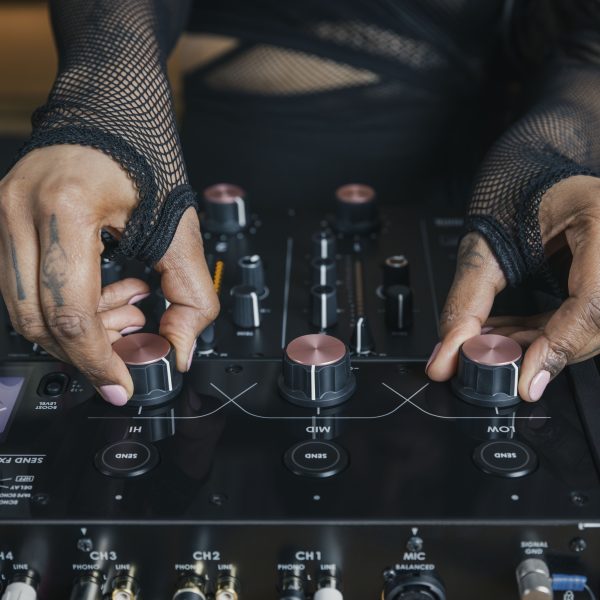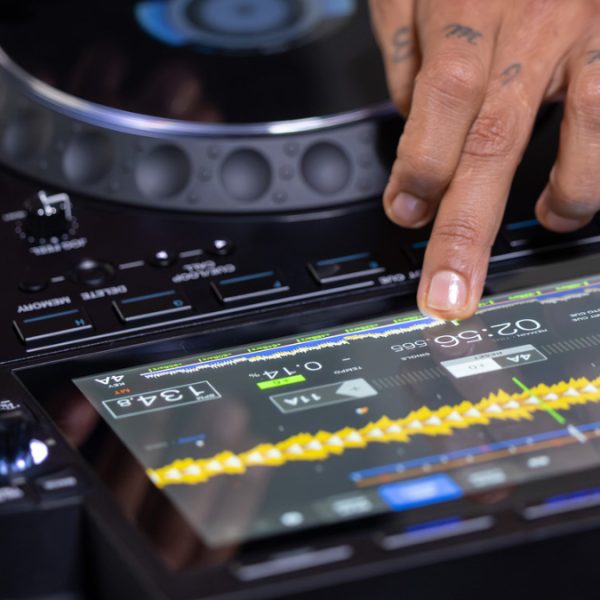7. Using DJ tools to bridge tricky transitions
“[DJ Tools] can often be a segue from one track to another,” says the UK selector Monki. “Two tracks [that you want to mix] might be really busy and so you need something more simple to stitch those two together.” By DJ tools, she’s referring to things like instrumental drum tracks or breaks, melodic loops, and vocal acapellas, and when you step back from it, Monki’s advice here is really powerful. Using a reliable and flexible drum track as a brief interlude completely broadens your options for what comes next. Drum tracks can also work as a breather or a palette cleanser, a moment of relative calm before hitting the audience with something more full-throttled.
“If it’s an acapella, it might be something you want to dip in and out of,” says Monki. This advice indirectly highlights that, as DJs, we can get caught in an A-B mindset, where one track simply follows the next. To break free, try thinking about longer arcs of time, with, for example, a tasteful acapella serving as a motif throughout your entire set. Monki offers the technique of teasing an anthemic melodic loop—and then playing the original two tracks later. A switched-on dance floor will almost always appreciate such dynamism.





